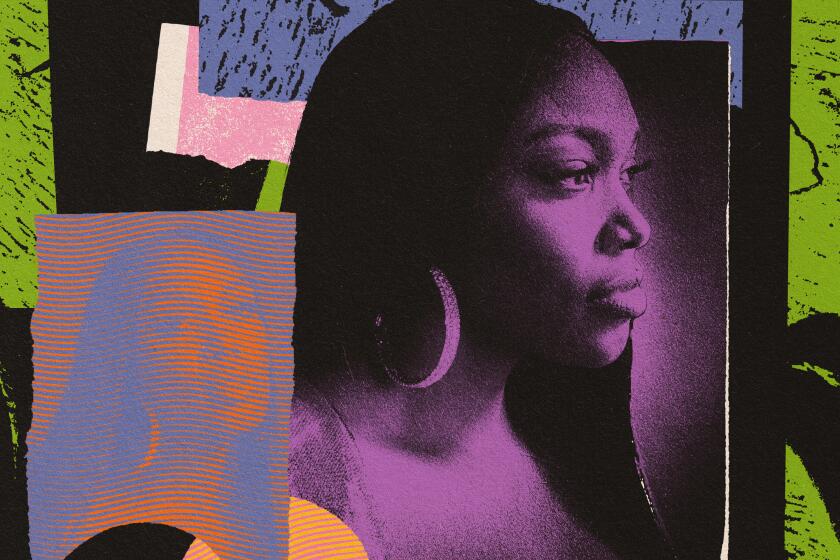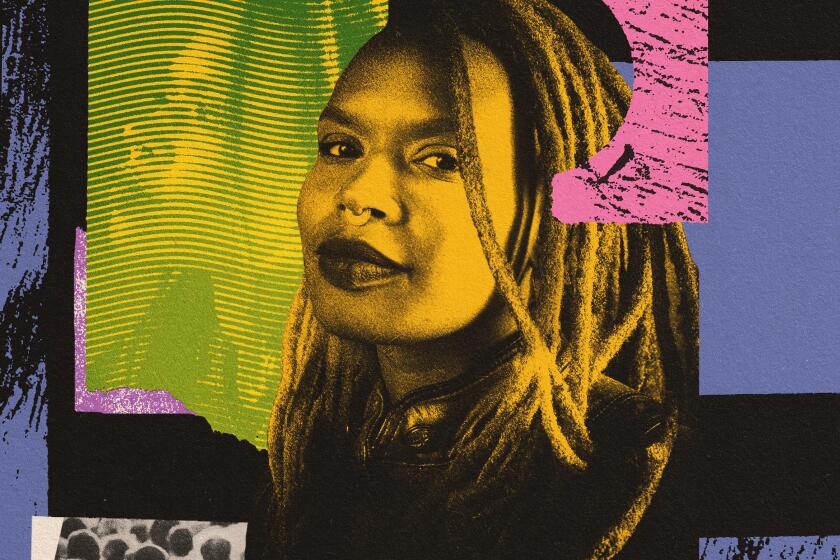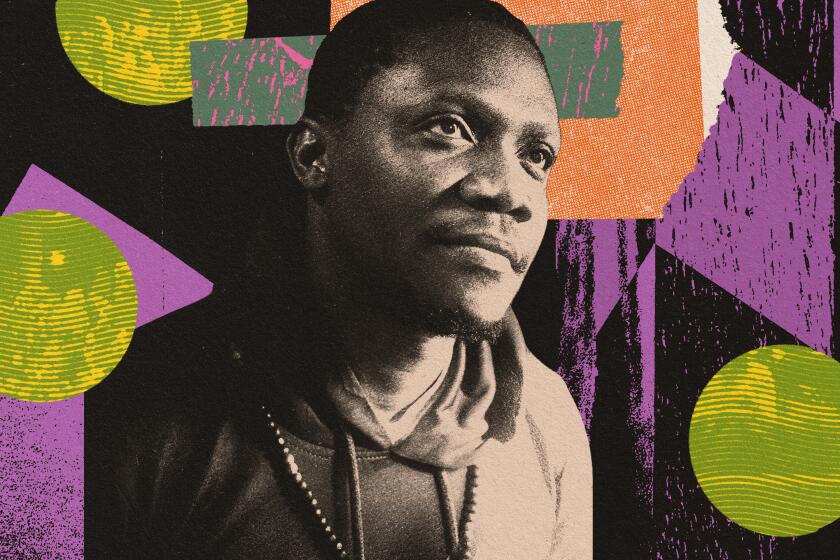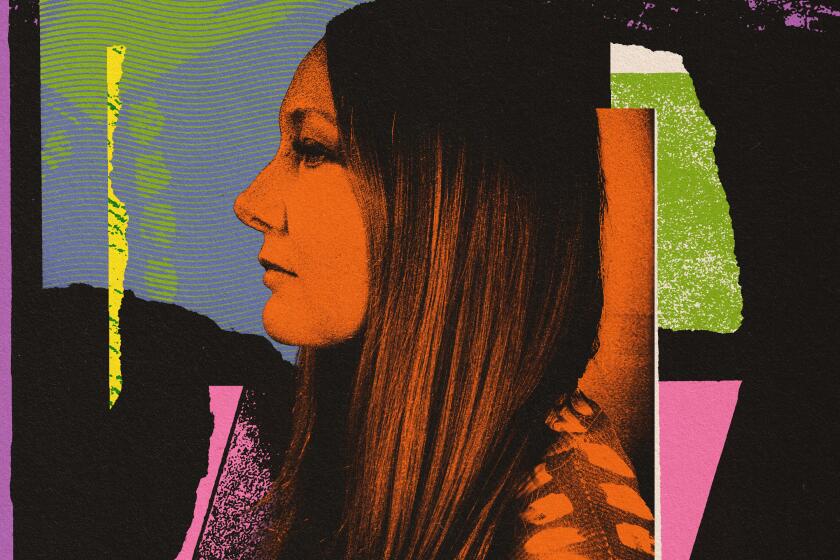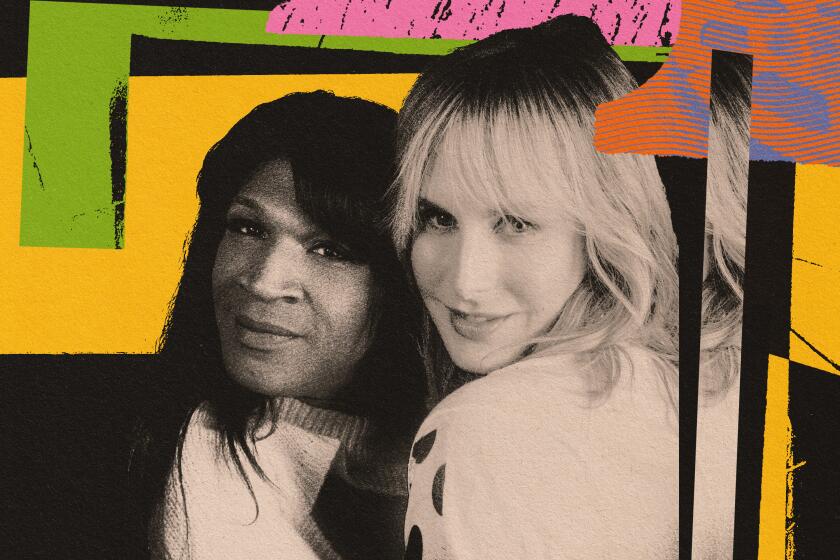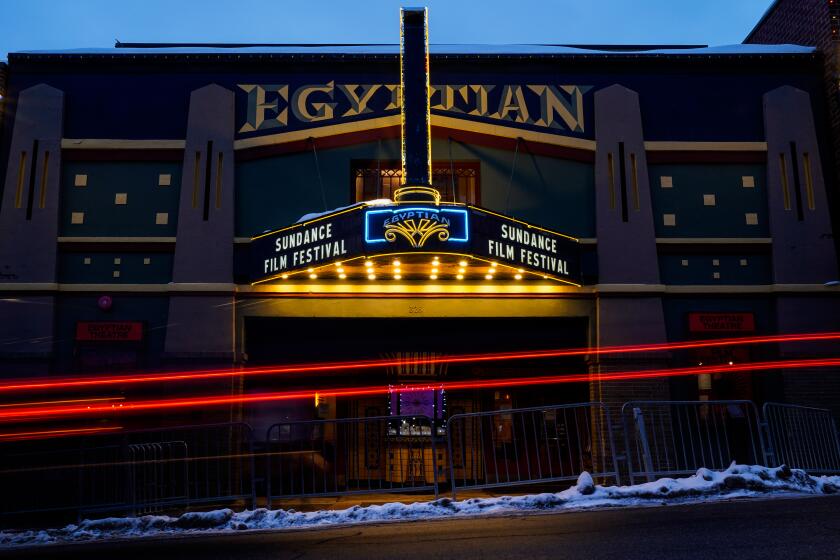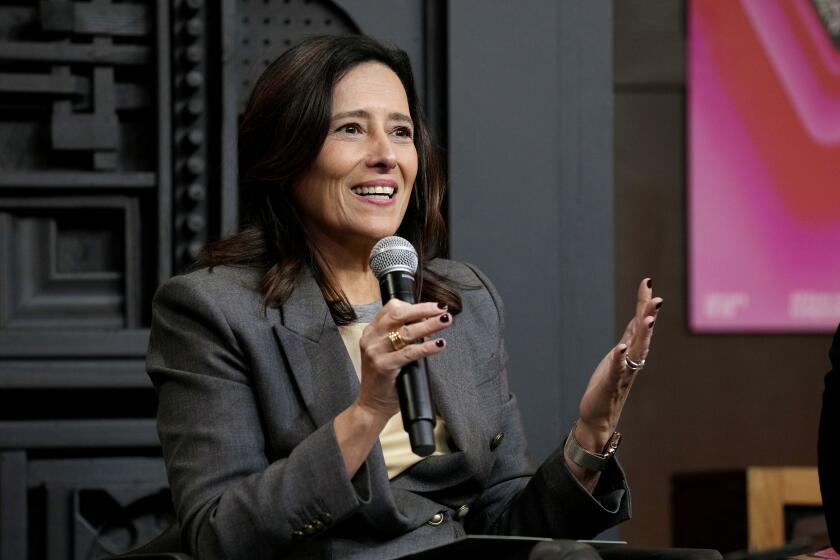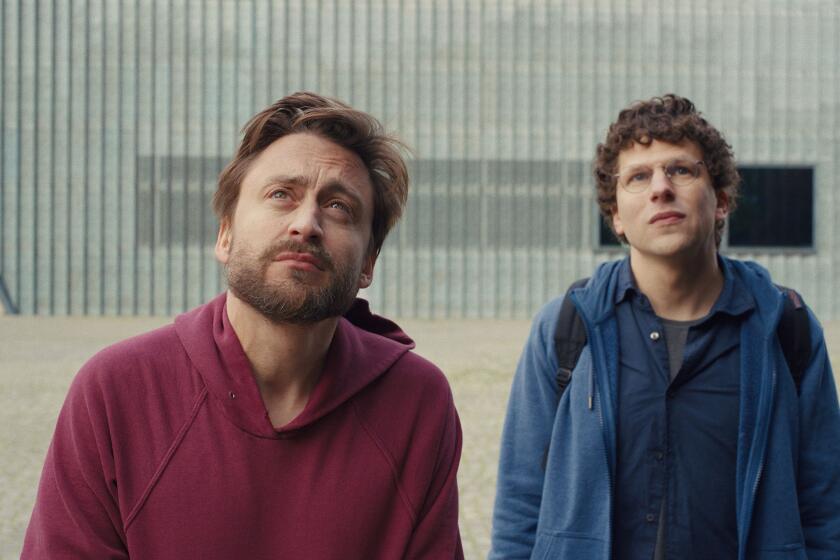Want to get into Sundance? A festival insider on the 8 things you need to know

- Share via
As part of our special project The Independents, which follows a year in the life of seven directors whose films debuted at the 2023 Sundance Film Festival, we asked the festival’s senior programmer and director of strategic initiatives John Nein for his advice to the next crop of applicants — the early deadlines for 2024 submissions start as soon as July 31, depending on section. Here’s what he had to say.
A few years ago, when films were still submitted to Sundance as DVDs, I was asked about how important the DVD cover was to the application process. Back then, some filmmakers put considerable creative energy into DVD cover art that might make a strong first impression.
I had to be honest and say that it made no impression at all. Due to the vast number of submissions, all those DVDs were removed from their cases, given submission stickers and placed in hanging plastic sleeves: The cover art was never even seen by a programmer.
But I understood the tremendous pressure on filmmakers to stand out, to find some way — any way — into Sundance.
And because that process is so shrouded in mystery and misapprehension, here are a few things to keep in mind.
It’s About the Work
Despite the myriad articles and tidbits of conventional wisdom about how to call attention to your work or orchestrate your acceptance, the way to stand out to the programmers is to make an outstanding film. There is no magical workaround.
Don’t Worry About “What Sundance Is Looking For”
For some reason, people have this idea that we’re looking for a particular kind of film. But you have only to peruse a few festival catalogs to appreciate the breadth and diversity of what we play. We’re looking for work that’s distinctive, personal, passionate, honest — that offers a fresh artistic voice, a new way of thinking about people, our lives, our world. And the most exciting films are the ones we didn’t know we were looking for.
Know When to Submit (Don’t Submit Your Rush Cut)
There are all sorts of misconceptions about when to submit. Sometimes we get rough cuts early in our process from filmmakers looking for an early read or hoping we’ll be interested enough to watch subsequent versions. Other times, we’ll get cuts that have been rushed to meet the fall deadline. We’ve even received films that have yet to shoot a good portion of the scenes.
Too many films come in before they’re ready — before the filmmakers have “found” the film. The right time to submit is when it best reflects your vision. Don’t rush it. Rush cuts rarely make it into the festival. Those filmmakers typically keep editing for many months, regretting that they submitted when they did.
Remember, programmers can only watch a film for the first time once.
Tell Us Where Your Cut Is
That said, if you’re submitting a rough cut, tell us where you are in the process — whether you’re picture locked, still working on sound, music, VFX, etc. You can do that in an email, on the application page or as a title card at the start of your film file.
Take Care With the Application
Although DVD covers never made it to the programmers, most submission materials do. So spend the time to submit a well-crafted synopsis and, most importantly, a thoughtful director statement. I’m always surprised when there’s only a cursory paragraph or nothing at all. That’s a lost opportunity to express your sensibility, frame your relationship to the material, or give us a glimpse into your creative process. Some believe that the film should speak for itself, but that’s missing the point. The statement doesn’t speak for the art; it speaks for the artist.
Don’t Worry About Who You Know
Getting into Sundance isn’t about who you know. It really isn’t. That’s one of those myths that just never dies. So don’t put that pressure on yourself.
There’s nothing wrong with asking somebody to flag a film for us. We get emails and phone calls from agents, managers, execs, producers, actors and all sorts of people who want to put in a good word for a film, and that’s appreciated. But it doesn’t translate into anything more than that. And when it starts to feel like a relentless campaign, it’s actually counterproductive. At the end of the day, we’re going to choose the films that make for the strongest, most vital and relevant program — irrespective of how they arrived and with what commendation.
Don’t Expect Feedback
It’s not because we don’t respect what went into making your work or that we haven’t watched it. It’s simply a matter of time. With around 16,000 submissions, we don’t have the capacity to give feedback on even the tiniest fraction of them.
Don’t Be Discouraged
Every year we have to let go of films that we love. We understand how much Sundance can impact the future of filmmakers and films, but there are many other paths to success — and also a long list of great films and filmmakers that were infamously overlooked. So don’t look at it as a referendum on your work or your worth or the quality of the film.
Below, our Independents filmmakers reflect on their festival experience, from the Sundance “bounce” to the state of the indie film business and more.
